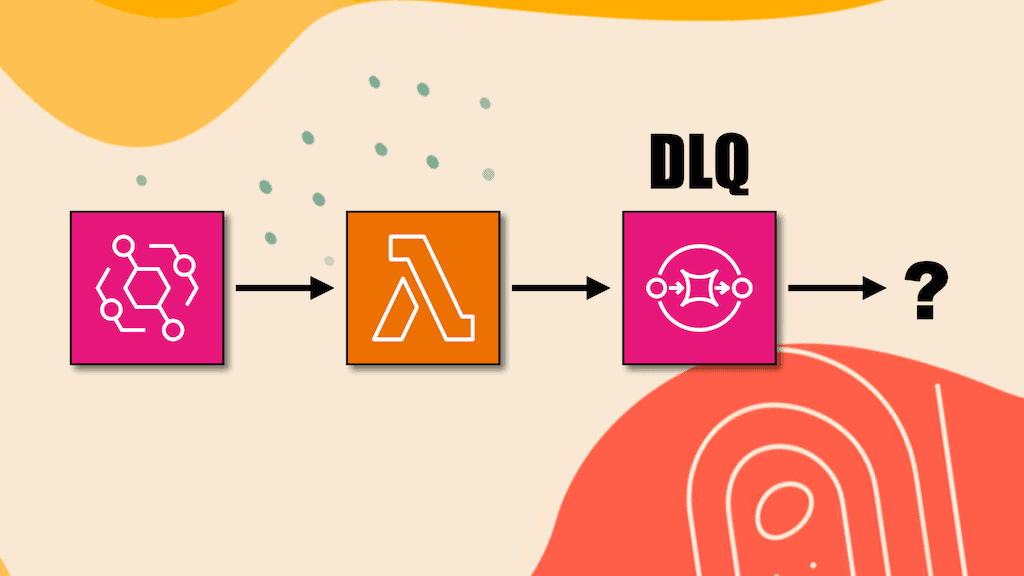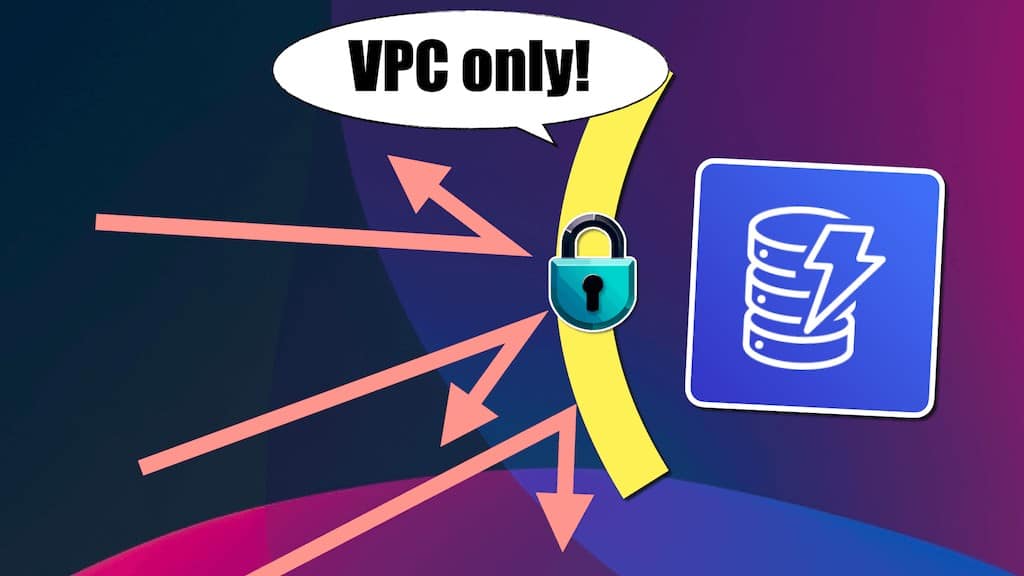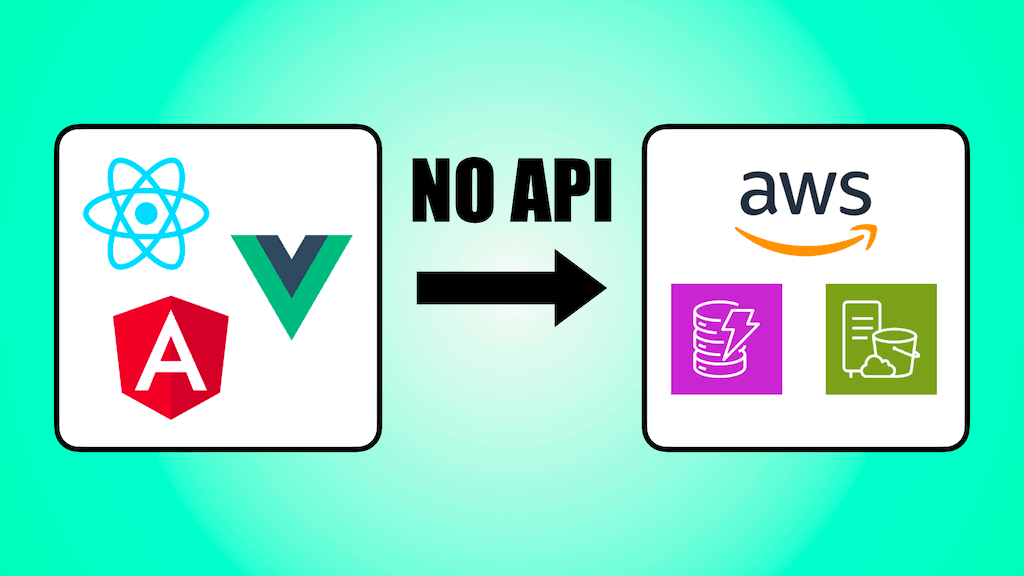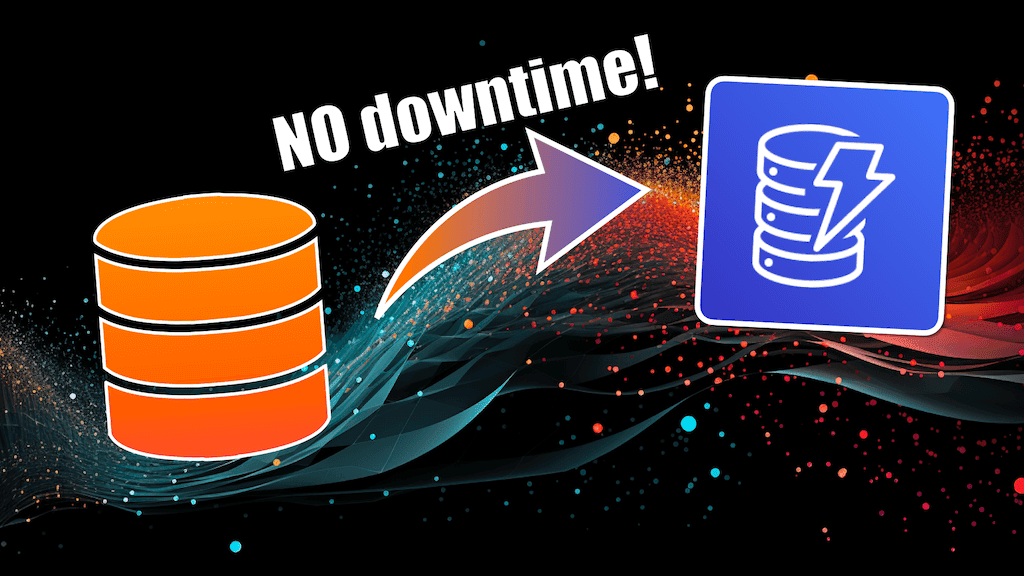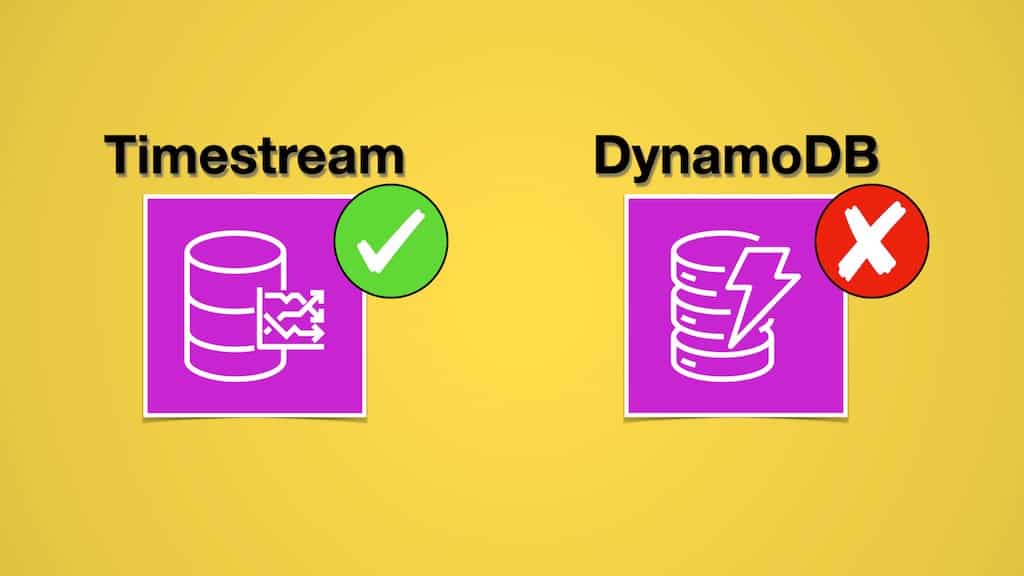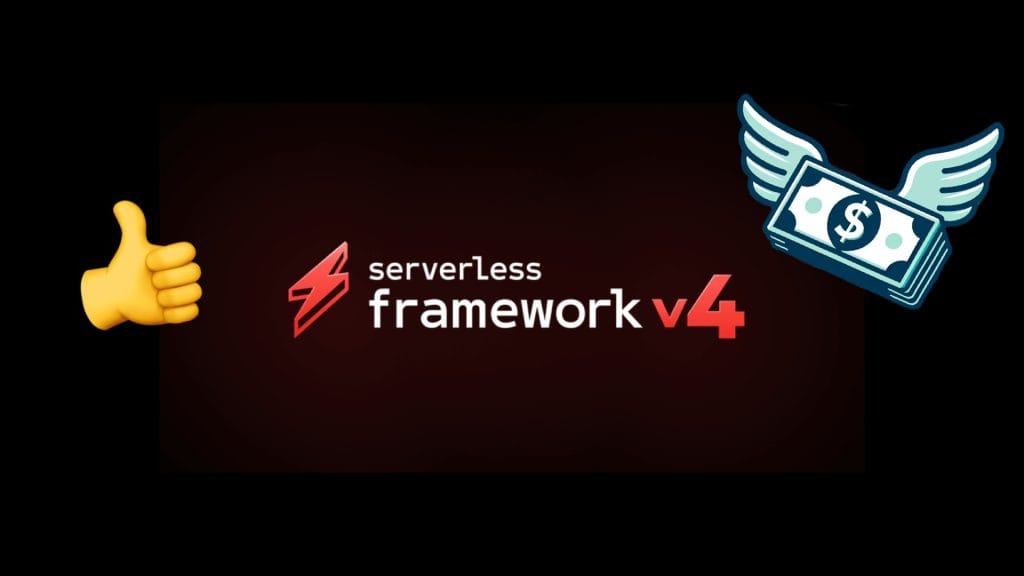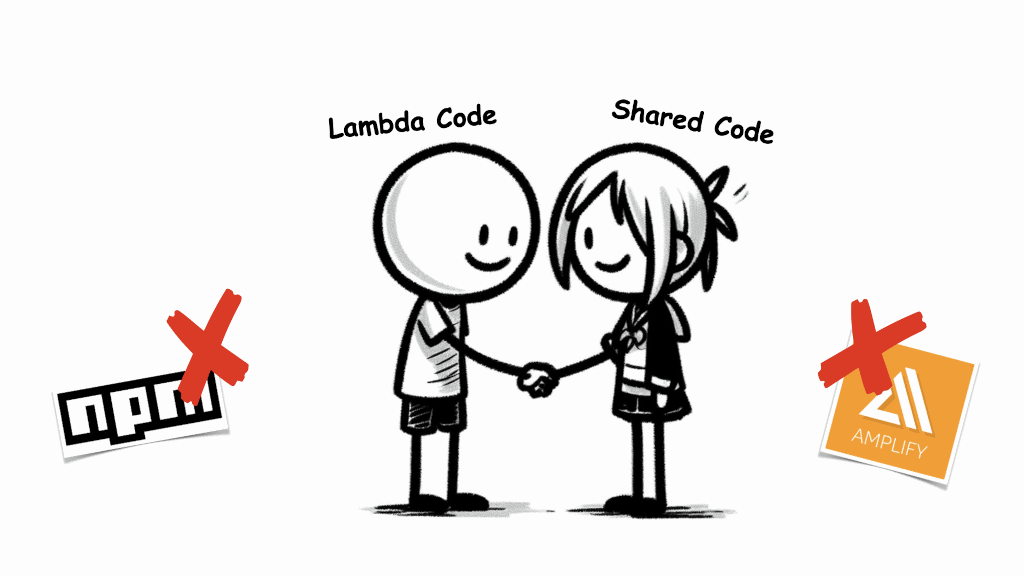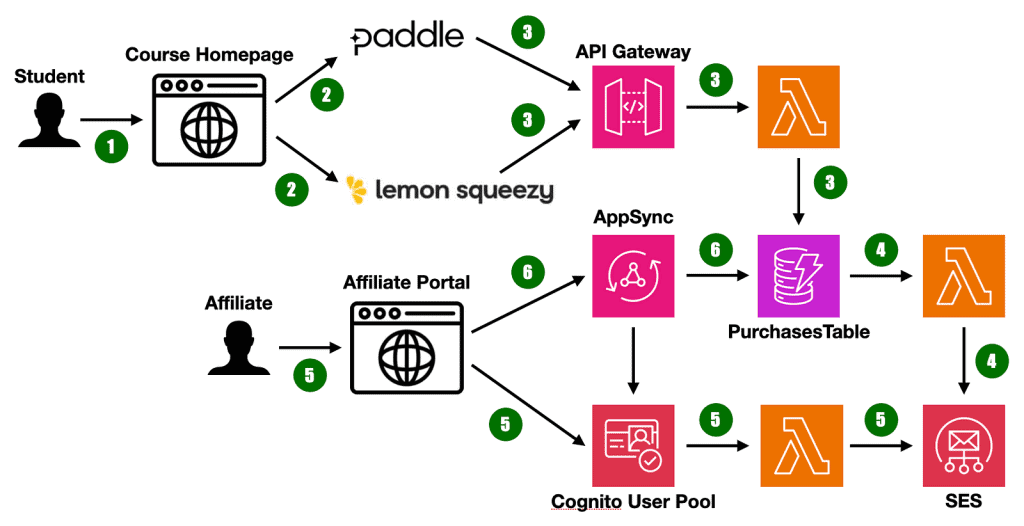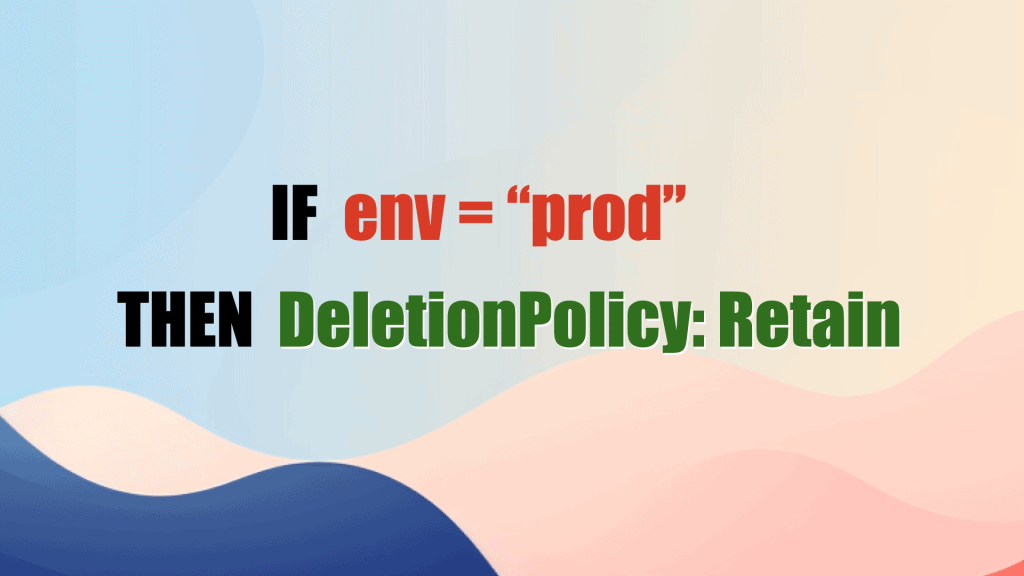How to reprocess Lambda dead-letter queue messages on-demand
Imagine this. You have followed AWS best practices and set up a dead-letter queue (DLQ) or an OnFailure destination for every async Lambda function.
A message arrives in your DLQ. You are alerted right away because you have alarms on all of your DLQs.
You investigate the problem and determine that it was temporary and the message should be re-processed.
But now what?
